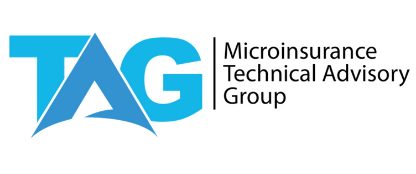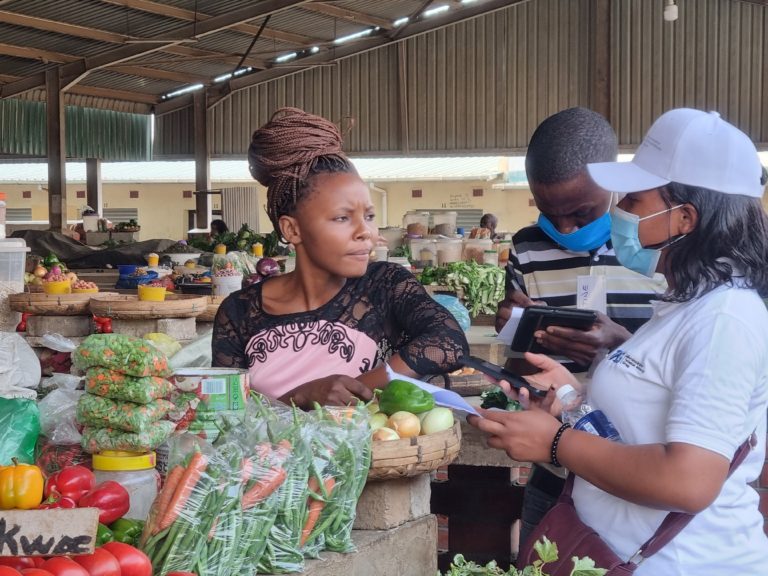
By Victor Jalabani
TAG Member, Insurance & Finance Specialist
An Important Review
All along, underwriters have been seeking to deliver inclusive insurance solutions to the mass market of low-income economies who form the largest opportunity for enhanced business penetration, however amid low education and financial literacy levels. Meanwhile, the need extends to other under-serviced groupings such as women, differently abled people, rural residents, refugees, informal workers and more, regardless of their income heights. These would not be left out in the ambition of insurance industry growth, insurer’s innovation strands and indeed the entire financial services scope as emphasized by the Ministry of Finance and reiterated by the entire delegation of stakeholders at the recently held World Bank supported stakeholder engagement symposium on the National Financial Inclusion Strategy review held at Mulungushi International Conference Centre on 22nd August 2023. A developed marketplace is still being desired even though strides have been made in the country compared to other regions in Africa considering the past ten years according to the FinScope survey.
The market, now anticipated to have dedicated microinsurance players will be in the limelight following changes of licensing regulations and supervision of the microinsurance entities. Further, there is an upscaled awareness rate and uptake of financial services in the rural and other areas.
Where are we coming from?
Insurers would distribute every service through traditional means of agencies and brokers. This tradition however has not yet demonstrated success until underwriters got to seek for physically and technologically present aggregators who would easily bring together bundled numbers of unserved economies. Mobile Network Operators (MNOs), among others have been so instrumental in upscaling the insurance offerings. Through legacy channels, agriculture and funeral insurance have been the outstanding services. With emerging technologies, diverse distribution models have been sort for to ride on the successes posed by MNOs. It has been observed that eager underwriters and product carriers have ventured into numerous corporate partnerships to penetrate the mass market. Various products have been launched, unfortunately many have failed the test of persistence as a result of many factors including unresearched venturing, low reward partnerships, and so on. The uninsured population has cited lack of awareness of products which obviously call for more deliberate consumer awareness undertakings. Low economies also bring a desire for innovation of fitting products which would be meaningful to this sector of the market.
The New Paradigm
On top of the list is any winning distribution channel. Secondly product design innovation. The market is ready and getting much warmer.
What was thought to be a less informed society can now easily be reached and enlightened through various emerged communication strategies. Market players are now devising friendly-faced means of publicity with a more educational approach. Financial literacy giving has spread the CSR and media strategies. The switch to ESG adoption directly encompasses an automatic outreach to relating targets. Players doing it right are getting to the deep-fishing-end and able to hook large portions of popularity in the mass market. Even the illiterate can trust brands.
To further inclusion, innovative models have been adopted: Passive models, allowing uptakes through other services, use of MNOs and other transactional services, etc. every model now require winning partnerships to aggregate numbers and technologies.
Beside traditional offerings, there now emerges more solutions including simpler agric solutions, hospitalization cash outs, micro investment products, local travel, etc.
Prevailing Challenges and concerns
There is still an unignorable level of financial illiteracy which pose challenges of insurance adoption. Many low-earned individuals believe insurance is for higher earned brackets. They do not see any benefits and need of coverage until properly oriented.
Adaptation to various regulatory frameworks including those that affect customer KYC and anti-money laundering provisions.
There has been a bias of non-customer centric products causing failure of market entry and poor persistency. Many products have been designed directly in the boardrooms, using only logic and ignoring principles of client-centricity which would make them viable.
Players must be aware of data protection regulation and devise means of achieving compliance starting from research to product delivery.
There previously has been a challenge in acquiring legitimate research data/information. Today there are various sources of useful data especially arms of government which have also provided support through the formulation of the National Financial Inclusion Strategy.
Another challenge is the limitation of innovation among product carriers and underwriters to create relationships that can offer embedded insurance solutions on other services.
Opportunities
The uninsured population cannot be overemphasized. Penetration levels are still low and could be grown with deliberate innovative strategies of reaching out to the underserviced.
The macroeconomic environment is becoming evident of a progressing and obviously growing economy and players can leverage on projections and assumptions of the Eighth National Development Plan as well as the impending Fourth National Financial Inclusion Strategy which will highlight useful sector initiatives.
Today’s technological innovations are a great leverage. The world of ICT has evolved and given great opportunities to every kind of business. Players can now secure very useful business integrations with diverse partners and invent client-focused methods of delivery.
There are now a lot of Government-to-People services upon which financial inclusion can be tagged. Market players should not play a blind eye to the massive potential that lies in socially aggregated numbers.
Availability and increased demographics through government and other research providers is a great opportunity for product design and monitoring. Players seeking to grow their portfolios will take advantage of numbers that are readily available for strategic alignments.
Conclusion
Today’s Inclusive Insurance Marketplace is becoming an interesting space for growing economies. It is a place of interest not only for insurers but the entire economy for the intended economic and financial sector growth. Players must take interest in prevailing statistics and other opportunities which would make the business viable and indeed effective to the economy.




